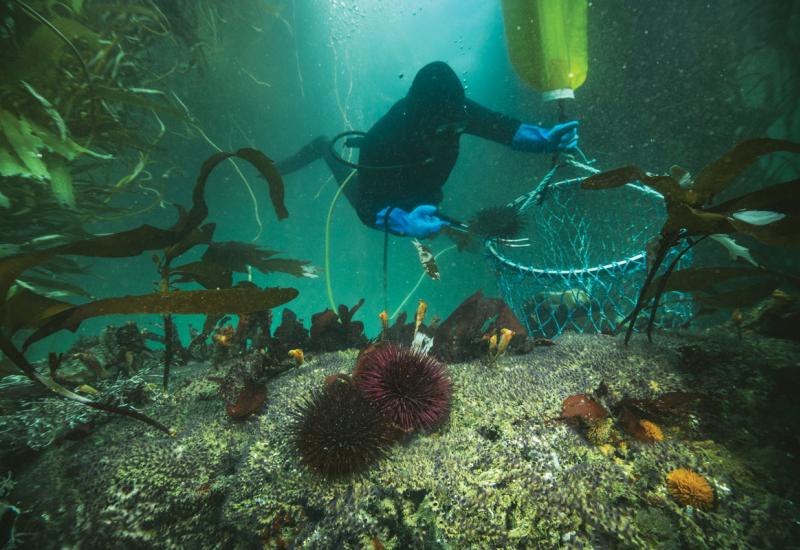Lessons for Life: Getting Decompression Sickness

STEVEN P. HUGHESA local charter boat took Kevin and his buddy to a nearby dive site.
The dive was perfect. The reef looked great, and Kevin was excited as he cleared his safety stop and exited the water. Just a few minutes later, he knew something was wrong.
The Diver
Kevin was a 52-year-old advanced open-water diver with more than 100 logged dives. He had no known health problems.
The Dive
A local charter boat took Kevin and his buddy to a nearby dive site. The 60-degree water was clear and cool. They wore heavy wetsuits to compensate. Conditions were great during the 30-minute dive—the first of three dives that day. They spent most of their time in 80 feet of seawater.
The Accident
Just a few minutes after Kevin removed his gear he knew something was wrong. He stumbled as he walked to get water and noticed his left leg felt weak. When he sat down, he realized he couldn’t feel his feet. His hips and abdomen hurt. He felt pressure, as though he needed to urinate, but couldn’t go.
Kevin immediately told his buddy and the divemaster that something was wrong, and the boat crew placed him on 100 percent oxygen first aid using a demand valve. The boat headed toward a dock to get Kevin to a local hyperbaric chamber as quickly as possible. Kevin’s symptoms seemed to resolve by the time they made it there, but after a neurological examination, the hyperbaric physician ordered a U.S. Navy Treatment Table 6.
During the more than four-hour treatment, many of Kevin’s symptoms, including leg weakness and urinary retention, returned. It took two more treatments to resolve all of his symptoms.
Related Reading: Lessons for Life: Respect the Wreck
Analysis
This case shows that it doesn’t require an extreme dive or a diver’s mistake to get decompression sickness (DCS). It can happen to anyone. In this case, Kevin did what he was supposed to do, including a slow ascent and a safety stop. His dive was at the maximum end of the dive tables but within limits, according to his dive computer. Still, he took a “hit” to the lower spinal cord.
Kevin’s buddy and divemaster immediately informed the boat crew of the situation and they immediately put him on 100 percent oxygen, which created a pressure differential in his lungs to help his body remove the accumulated nitrogen faster. Delaying first aid makes the symptoms of DCS harder to treat later.
Although Kevin’s symptoms resolved after breathing oxygen on the boat, that didn’t mean he was cured. Symptoms can return, especially in cases of spinal cord DCS. That’s why the symptoms returned while Kevin was in the chamber—this is called a rebound.
If a diver is symptomatic and needs oxygen first aid, they should also be seen by a doctor trained in diving medicine. The doctor will most likely prescribe hyperbaric oxygen therapy—typically a U.S. Navy Treatment Table 6—as definitive treatment.
Kevin made a full recovery and returned to diving with no problems.
Lessons For Life
Learn to recognize DCS. Quick identifica-tion leads to fast, definitive treatment.
Take a PADI Rescue Diver course. Every diver should learn how to provide CPR and oxygen first aid in an emergency.
Be prepared. Purchase dive accident insurance and know where the nearest decompression chamber is.










